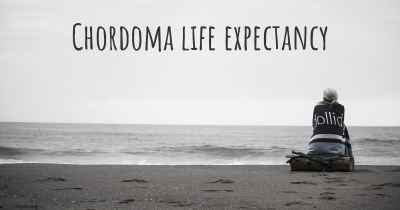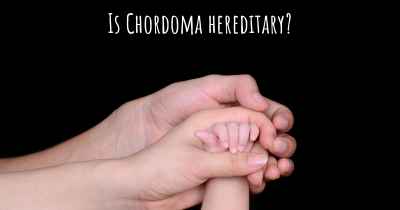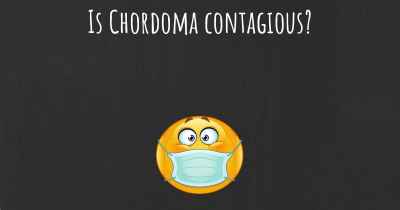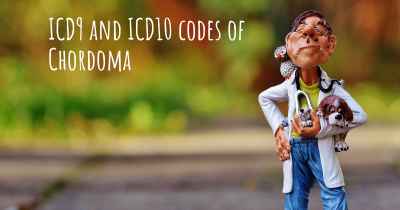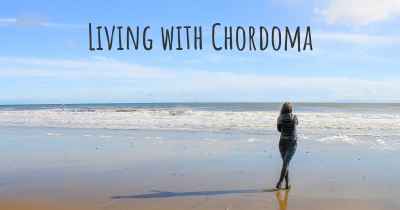What is the history of Chordoma?
When was Chordoma discovered? What is the story of this discovery? Was it coincidence or not?
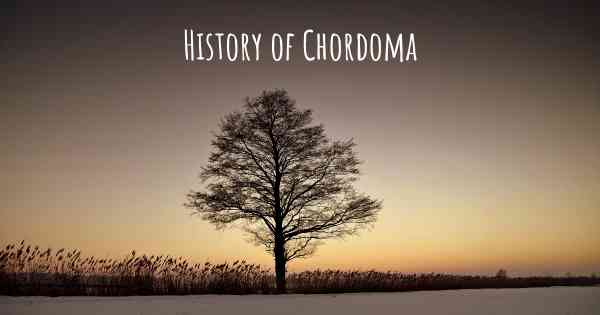
Chordoma is a rare type of cancer that originates from the remnants of the notochord, a structure that forms during early embryonic development and eventually becomes the spinal column. It is a slow-growing tumor that primarily affects the bones of the skull and spine. Chordomas are often challenging to treat due to their location and tendency to recur.
The history of chordoma dates back to the late 19th century when it was first recognized as a distinct entity. In 1857, the German pathologist Johannes Orth described a peculiar tumor arising from the clivus, the part of the skull base located behind the nasal cavity. He named it "ecchondroma" due to its resemblance to cartilage. However, it was not until 1888 that the term "chordoma" was coined by the Austrian pathologist Friedrich von Recklinghausen.
Von Recklinghausen recognized the unique histological features of chordomas, characterized by the presence of physaliphorous cells arranged in lobules or cords. These cells were found to resemble the notochord, a structure that normally disappears during fetal development but can persist in certain areas of the body, such as the base of the skull and the sacrum.
Over the following decades, further research and clinical observations shed light on the nature of chordomas. In the early 20th century, it became evident that chordomas were distinct from other bone tumors and had a predilection for specific anatomical sites. The sacrum, the triangular bone at the base of the spine, was identified as the most common location for chordomas, followed by the skull base and the vertebral column.
Advancements in imaging techniques, such as X-rays and later magnetic resonance imaging (MRI), allowed for better visualization and diagnosis of chordomas. The development of histopathological staining methods also improved the accuracy of diagnosis and differentiation from other tumors.
Despite these advancements, the treatment of chordoma remained challenging. Surgical resection was often the primary approach, but complete removal of the tumor was difficult due to its proximity to critical structures. Radiation therapy was also employed, but its effectiveness was limited by the tumor's resistance to radiation.
In the late 20th century, molecular studies began to unravel the genetic and molecular characteristics of chordomas. It was discovered that chordomas frequently harbor specific genetic alterations, most notably in the brachyury gene. Brachyury is a transcription factor that plays a crucial role in embryonic development, including the formation of the notochord. Mutations in this gene were found to be present in the majority of chordoma cases, providing valuable insights into the pathogenesis of the disease.
With the advent of targeted therapies and precision medicine, researchers started exploring potential treatment options for chordoma. Various molecular pathways and signaling cascades implicated in chordoma development were identified as potential targets for therapy. Clinical trials evaluating the efficacy of targeted agents, such as tyrosine kinase inhibitors and immunotherapies, have shown promising results in some patients.
Today, the management of chordoma involves a multidisciplinary approach, including surgery, radiation therapy, and, in some cases, targeted therapies. The rarity of chordoma and the complexity of its treatment necessitate collaboration between specialists from different fields, such as neurosurgery, orthopedic surgery, radiation oncology, and medical oncology.
In conclusion, the history of chordoma spans over a century of scientific and clinical advancements. From its initial recognition as a distinct tumor entity to the identification of genetic alterations and the exploration of targeted therapies, our understanding of chordoma has significantly evolved. Ongoing research continues to improve the diagnosis, treatment, and prognosis for patients with this rare and challenging cancer.
